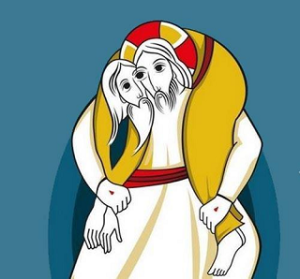
Arquivo para May 16th, 2016
The ideal onto-ethics and the current
German idealism, which Johann Gottlieb Fichte (1762-1814) was one  of the creators at the time called the philosophical movement, it is also a bridge between Kant’s thought and idealism “pure” of Hegel, from which originates all idealism still present today.
of the creators at the time called the philosophical movement, it is also a bridge between Kant’s thought and idealism “pure” of Hegel, from which originates all idealism still present today.
One of Fichte’s thesis was the need for onto-ethics but both ontology as the ethics of his time were already contaminated by Kantian idealistic root, that is, to separate the subjectivity and objectivity in opposing camps.
Having been interested in the problem of consciousness, it creates the concept of self-consciousness, where envereda the path of subjectivism, creating a more connected ontoética death and abstract individual idealism, than a realistic onto-ethics.
Consciousness in the eighteenth century is a quality of mind, covering skills such as subjectivity, self-consciousness, sentience and wisdom, creating a relationship between you and an environment where sentience is the ability to suffer or feel pleasure or happiness.
A current onto-ethics should reference to otherness, the Other as they want Levinas and Paul Ricoeur, meaning their objective social relations and subjectivity at the same time, referring therefore to be, not just their bodies or qualities.
We have written about the relationship between onto-ethics and peace, but out of self-consciousness, it is the consciousness of the other, said by Emmanuel Levinas in his Totality and Infinity work as follows: “in interpersonal relationships, it is not jointly think I and the Other, but to be on. The true union or junction is not a synthetic function, but a face to face joint “(Levinas, 1969).
The Jesuit Father Marko Rupnik make a icon (in picture), is the eye in common divine & homan.
Levinas, E. Totality and Infinity: an Essay on Exteriority, Alphonso Lingis , USA: Duquesne University Press, 1969.

